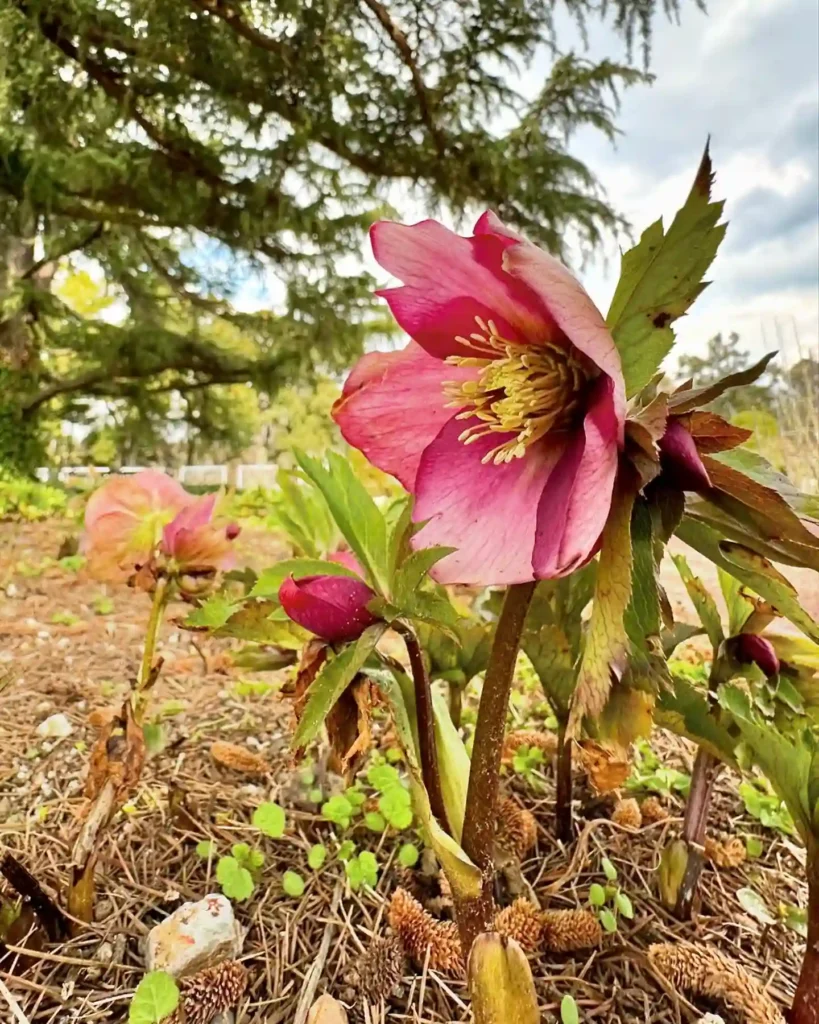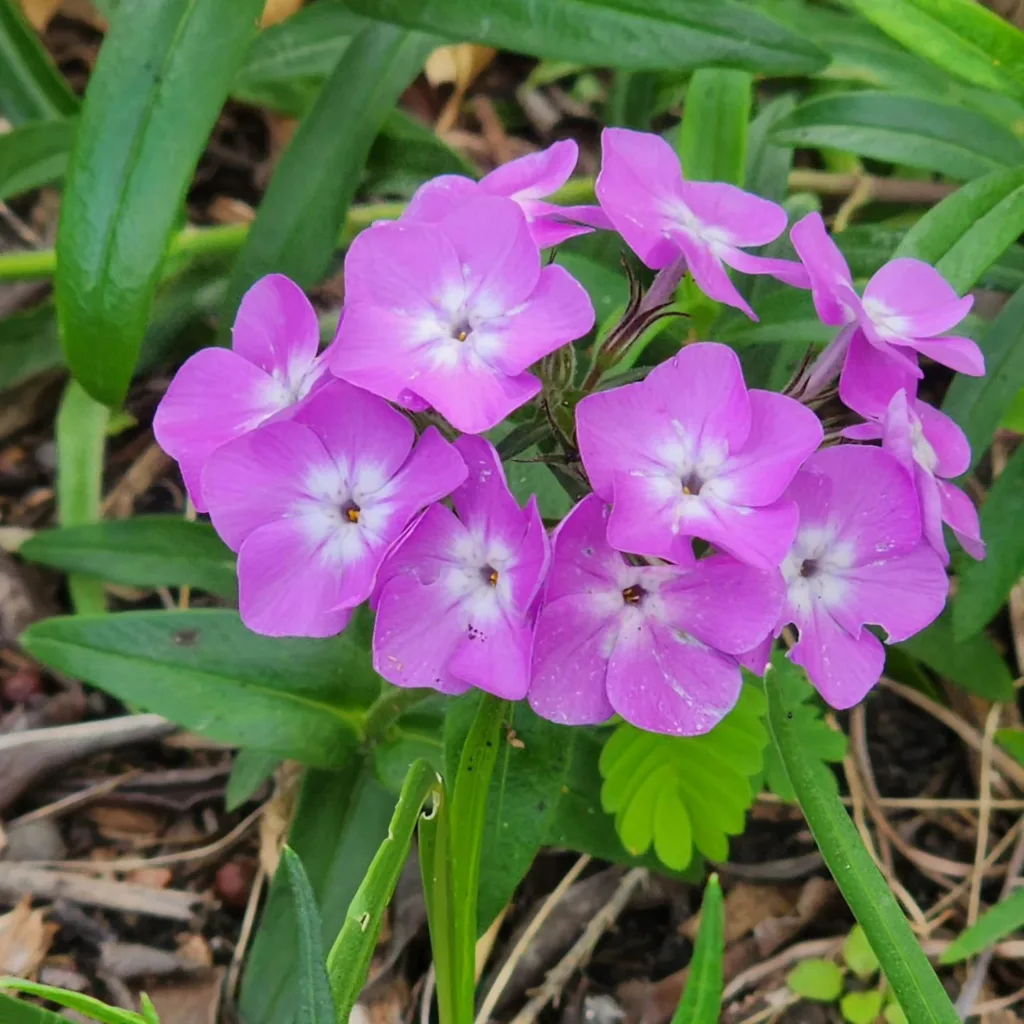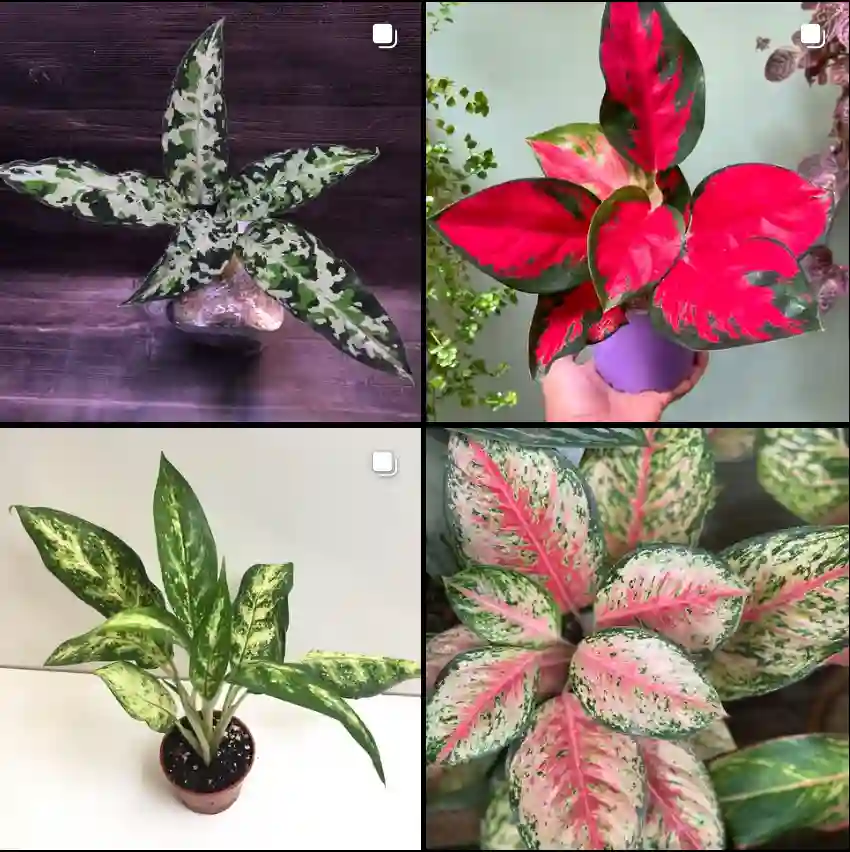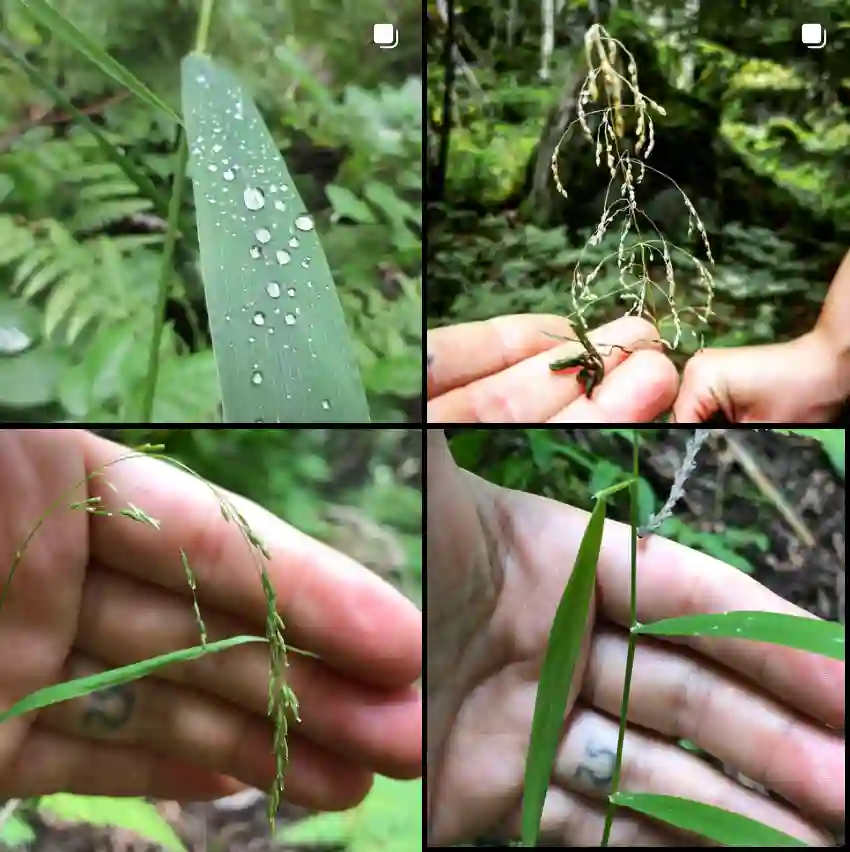Thelypteris Palustris: A Gardener’s Guide to the Marsh Fern
Hi, Ferb Vu here. I’m a botanist with a passion for unique and beautiful plants. Today, we’re diving into the world of Thelypteris palustris, also known as the marsh fern or eastern marsh fern. This elegant fern is a captivating addition to any garden that thrives on moisture.
Whether you’re a seasoned gardener or just starting, this FAQ will equip you with everything you need to know about caring for Thelypteris palustris.
What is Thelypteris Palustris?
Thelypteris palustris is a deciduous fern native to eastern North America and parts of Eurasia. It thrives in wet, sunny locations, often forming colonies in marshy areas. The name itself is a giveaway – “palustris” comes from Latin, meaning “of the marsh.”
This fern boasts delicate, light green fronds that unfurl in an erect to ascending manner. These fronds can reach up to 2.5 feet in length and feature 10-40 pairs of deeply cut leaflets. The overall effect is a graceful, feathery texture that brings a touch of elegance to any garden.
How to grow Thelypteris Palustris?
Planting Thelypteris palustris is a breeze. Here’s what you need to know:
- Light: Aim for full sun to light shade. While it tolerates some shade, this fern truly shines in sunnier spots.
- Soil: The key word here is moist. Sandy, acidic soil with good drainage is ideal.
- Planting: Choose a location that stays consistently damp. Dig a hole slightly larger than the root ball and gently settle the fern in. Water thoroughly.
- Watering: Keep the soil consistently moist, especially during hot weather.
- Fertilizer: This low-maintenance fern doesn’t require much fertilizer. A light application of balanced fertilizer once a year in early spring is sufficient.
Can Thelypteris Palustris Live Indoors?
While Thelypteris palustris isn’ t particularly fussy outdoors, replicating its ideal environment indoors can be challenging. The consistent moisture it craves can be difficult to maintain indoors, especially with drier air.
However, if you’re determined, here are some tips:
- Humidity: Invest in a humidifier to create a more moisture-rich environment.
- Light: Place your fern near a brightly lit window with indirect sunlight.
- Watering: Water frequently, ensuring the soil stays moist but not soggy.
Remember, success with indoor Thelypteris palustris is not guaranteed. Be prepared to provide extra care to meet its specific needs.
Thelypteris Palustris vs. Other Ferns: Highlighting the Differences
Thelypteris palustris is a unique fern, but there are others that share some similarities. Let’s explore some common comparisons:
- Osmunda regalis (Royal Fern): Both ferns share a love for moisture and can reach similar heights. However, the Royal Fern boasts sterile and fertile fronds that differ in appearance, while Thelypteris palustris has a more uniform frond structure.
- Athyrium filix-femina (Lady Fern): Both ferns prefer shade and have delicate fronds. However, Lady Fern has a more triangular frond shape compared to the lanceolate fronds of Thelypteris palustris.
Adding Beauty and Function with Thelypteris Palustris
Beyond its visual appeal, Thelypteris palustris offers several benefits to your garden:
- Moisturizer: This fern helps retain moisture in the soil, benefiting surrounding plants.
- Erosion Control: In damp areas prone to erosion, Thelypteris palustris can help stabilize the soil with its creeping rhizomes.
- Wildlife Habitat: It provides a haven for small insects and amphibians that thrive in moist environments.
Conclusion: Embrace the Elegance of Thelypteris Palustris
Thelypteris palustris is a captivating fern that brings both beauty and function to your garden. With its easy-going nature and graceful presence, it’s a perfect choice for gardeners seeking a touch of elegance in their moist havens. So, why not give this unique fern a try and see how it transforms your garden landscape?
If i die, water my plants!



